Cleaning Mercury Marine Carburetor, Part I
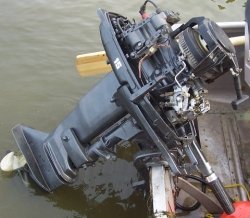 Mercury manufactures a number of outboard motors with carburetor intakes. Learning to clean these carburetors is a moderately difficult endeavor. You will need: various screwdrivers, shop rags, jet pick, safety goggles, compressed air and air nozzle, and a carburetor cleaner. It doesn’t hurt to pick up some Mercury 2 cycle oil while out getting supplies.
Mercury manufactures a number of outboard motors with carburetor intakes. Learning to clean these carburetors is a moderately difficult endeavor. You will need: various screwdrivers, shop rags, jet pick, safety goggles, compressed air and air nozzle, and a carburetor cleaner. It doesn’t hurt to pick up some Mercury 2 cycle oil while out getting supplies.
Begin by removing the brass screws on the side of the fuel bowl with a flat screwdriver. Drain the fuel from the carburetor and use a shop rag to absorb the excess. Using a number two Phillips screwdriver, remove the four fuel bowl screws and lift the bowl up and off the carburetor body. Take your jet driver and remove the main jet and pilot jet, taking care not to damage the brass jets.


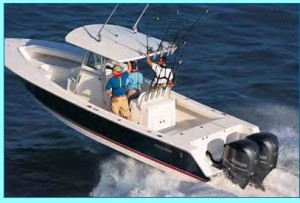
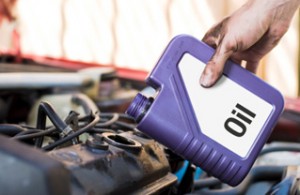
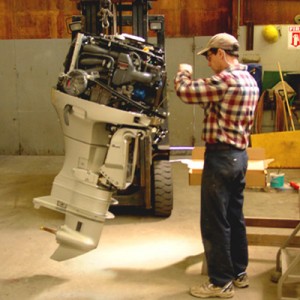
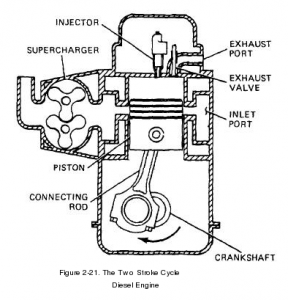
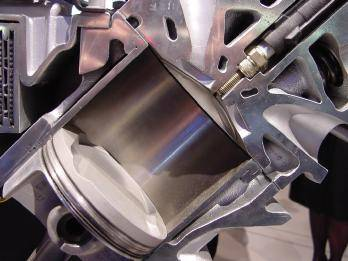
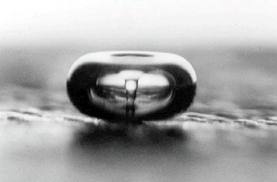

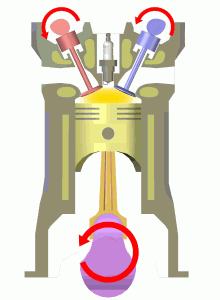
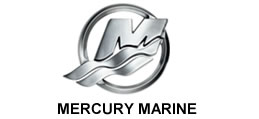
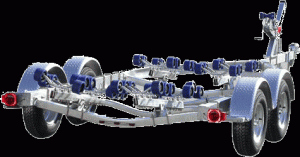
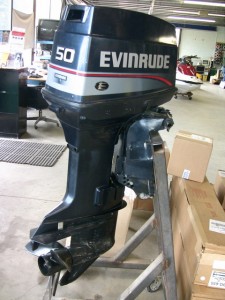 In a perfect world, we would all be able to afford precisely what our hearts desire. There wouldn’t be much diversity in the boating world, as we’d all be cruising past each other in top-of-the line boats with high-end outboard motors attached to the transom. Just think of all the luxury and convenience we would experience on a daily basis. Unfortunately, we would also miss out on many of the great stories that make boating so much fun. Old, well-worn boats have a certain character that their new counterparts lack. To an extent, the same could be said for outboards themselves.
In a perfect world, we would all be able to afford precisely what our hearts desire. There wouldn’t be much diversity in the boating world, as we’d all be cruising past each other in top-of-the line boats with high-end outboard motors attached to the transom. Just think of all the luxury and convenience we would experience on a daily basis. Unfortunately, we would also miss out on many of the great stories that make boating so much fun. Old, well-worn boats have a certain character that their new counterparts lack. To an extent, the same could be said for outboards themselves.